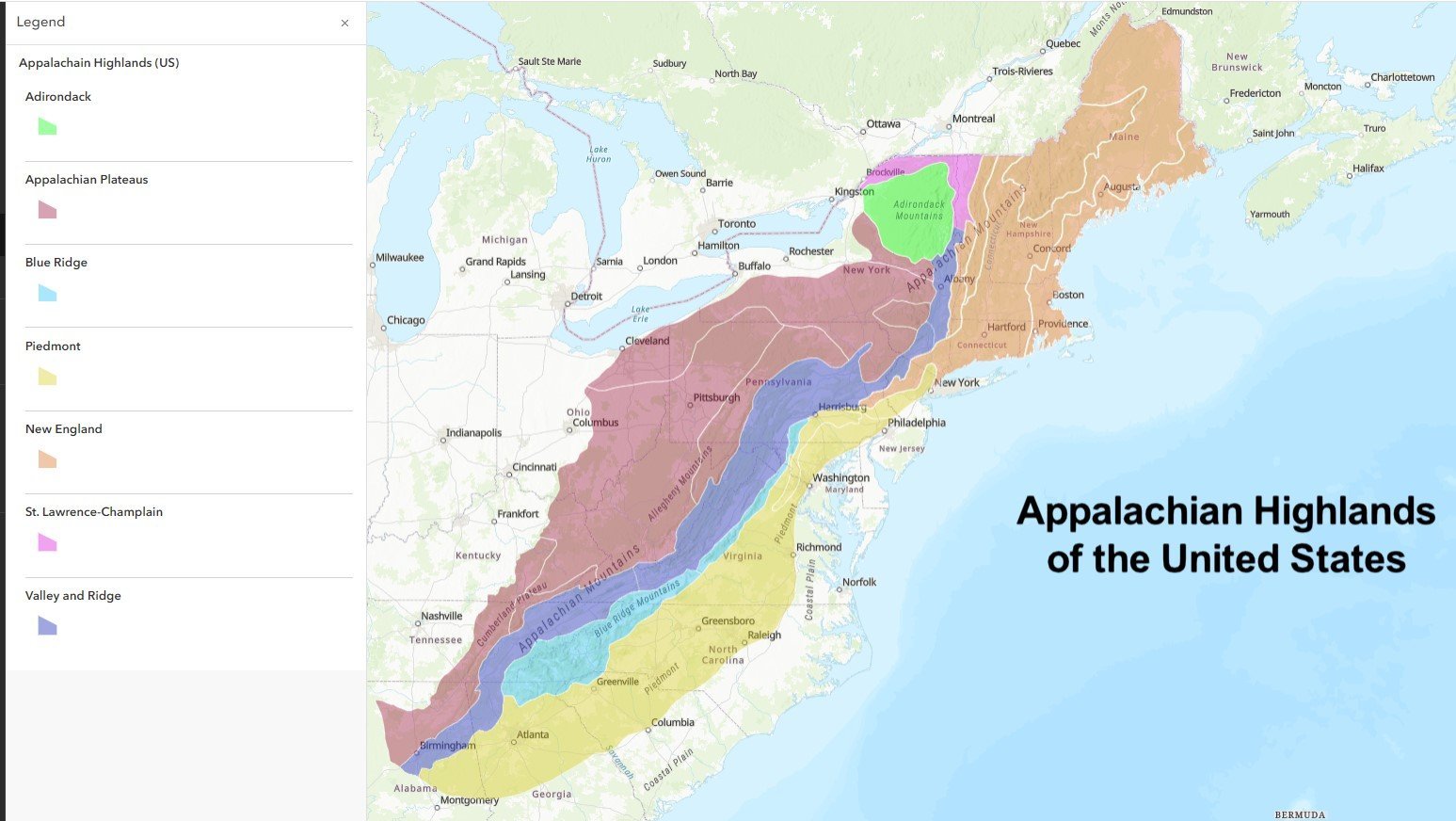Hiking the Appalachian Trail is a transformative wilderness journey spanning approximately 2,190 miles through 14 states, challenging even experienced hikers with its diverse terrain, unpredictable weather, and demanding physical requirements. This comprehensive guide will equip you with critical knowledge to plan, prepare, and successfully navigate one of America’s most iconic long-distance hiking trails.
What Makes the Appalachian Trail Unique?

The Appalachian Trail (AT) is more than just a hiking path—it’s a legendary wilderness corridor stretching from Georgia’s Springer Mountain to Maine’s Mount Katahdin. Established in 1937, this National Scenic Trail offers an unparalleled adventure through diverse ecosystems, mountain ranges, and cultural landscapes.
What Gear Do Hikers Need for Success?

Essential Gear Checklist
| Category | Key Items | Importance |
|---|---|---|
| Navigation | Map, GPS, Compass | Critical |
| Shelter | Lightweight Tent, Sleeping Bag | Essential |
| Clothing | Moisture-Wicking Layers | Survival |
| Safety | First Aid Kit, Emergency Communication | Mandatory |
Detailed Gear Recommendations
Navigation Equipment
- Waterproof topographic maps
- GPS device with extra batteries
- Compass with declination adjustment
- Satellite communication device
Clothing Layers
- Moisture-wicking base layers
- Insulating mid-layers
- Waterproof outer shell
- Quick-drying hiking pants
- Multiple sock pairs
What Are the Trail’s Major Sections?
The Appalachian Trail traverses dramatically different landscapes:
- Southern Appalachians (Georgia to North Carolina)
- Moderate difficulty
- Lush forests
-
Elevation: 1,500-4,500 feet
-
Mid-Atlantic Regions (Virginia to Pennsylvania)
- Relatively gentle terrain
- Abundant water sources
-
Historical landmarks
-
New England Sections (Massachusetts to Maine)
- Most challenging terrain
- Alpine environments
- Dramatic elevation changes
What Permits and Regulations Should Hikers Know?
Permit Requirements by Region
- Great Smoky Mountains: Free backcountry permit required
- Shenandoah National Park: No permit needed
- White Mountain National Forest: Some areas require registration
- Maine’s 100-Mile Wilderness: Advance registration recommended
What Physical Preparation Is Necessary?
Successful AT hiking demands:
– Cardiovascular endurance
– Strength training
– Long-distance walking practice
– Mental resilience
– Flexibility and injury prevention exercises
What Are Seasonal Hiking Considerations?
Seasonal Trail Challenges
- Spring: Muddy trails, unpredictable weather
- Summer: High humidity, potential heat exhaustion
- Fall: Beautiful foliage, moderate temperatures
- Winter: Extreme cold, potential snow navigation
What Are Estimated Costs?
Budget Breakdown
| Expense Category | Estimated Cost |
|---|---|
| Gear | $1,500 – $3,000 |
| Food | $10-15 per day |
| Transportation | $500 – $1,000 |
| Emergency Fund | $1,000 |
What Safety Precautions Matter Most?
- Carry emergency communication device
- Share detailed itinerary with contacts
- Learn basic wilderness first aid
- Understand wildlife interaction protocols
- Maintain physical and mental preparedness
Conclusion
Hiking the Appalachian Trail represents an extraordinary personal challenge requiring meticulous preparation, resilience, and respect for nature. By understanding its complexities and preparing comprehensively, hikers can transform this journey into an unforgettable lifetime achievement.

